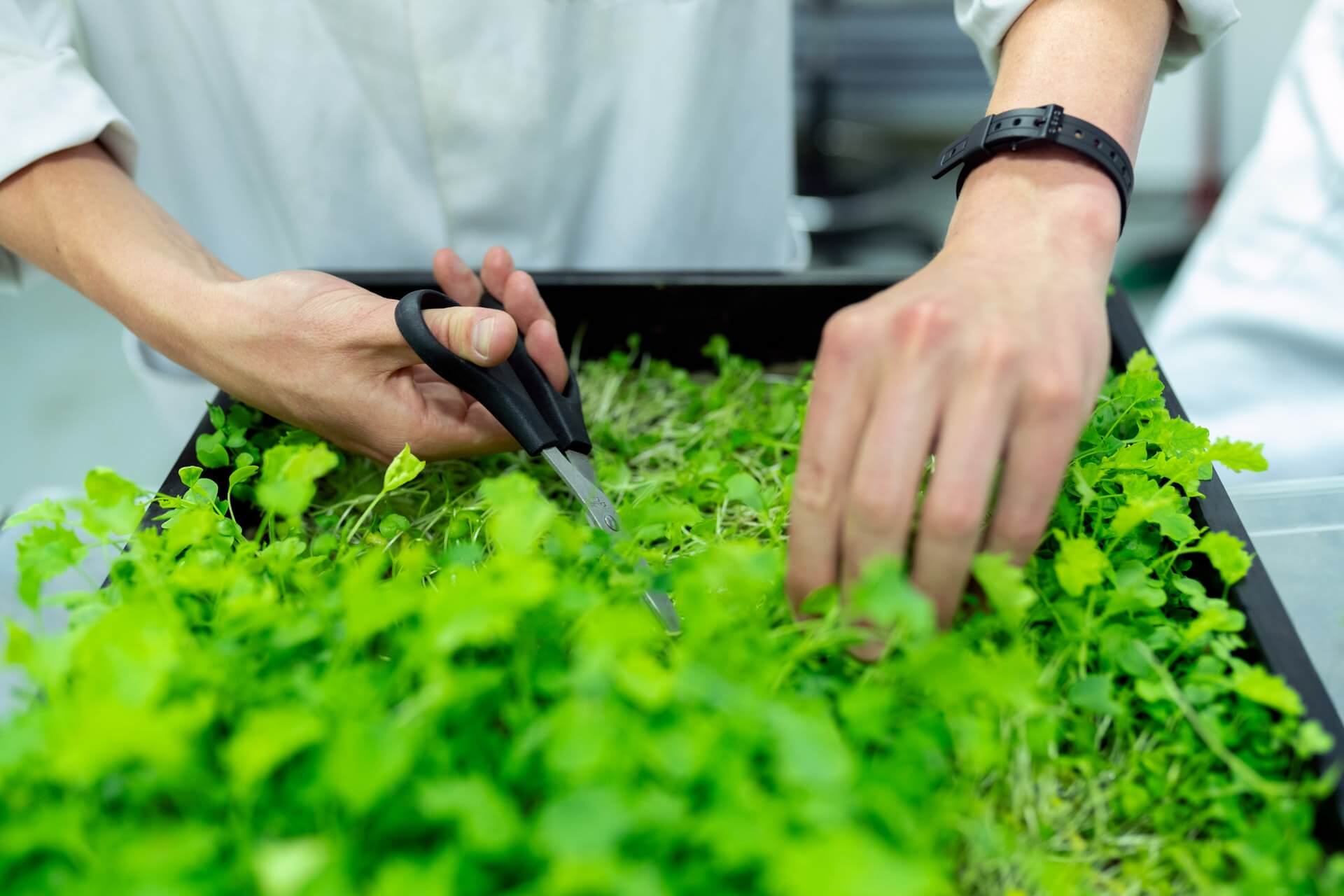
About
A four year Project examining the interlinkages between the 17 Sustainable Development Goals and Targets through the use of Integrated Assessment Models
In September 2015 the heads of state, and government representatives met at the United Nations Headquarters and collectively agreed on a universal political agenda, achieving 17 Sustainable Development Goals and 169 sub-targets. The goals are related to: People (ending poverty and hunger), Planet, Prosperity, Peace and Partnership.
The agenda envisions a future free from poverty, hunger, and disease. Tremendous progress has been made in this decade. Since we attempted to achieve the Millennium Development Goals, yet this progress has not been inclusive of everyone equally, nor achieved at the same rates geographically.
How can we accomplish the Sustainable Development Goals (SDG’s) goals most effectively, on time, and what would it take to achieve the goals simultaneously? What amount of decarbonization, food production, yield improvement, air pollution control, renewables, and investments are needed to develop in order to accomplish the SDGs by 2050?
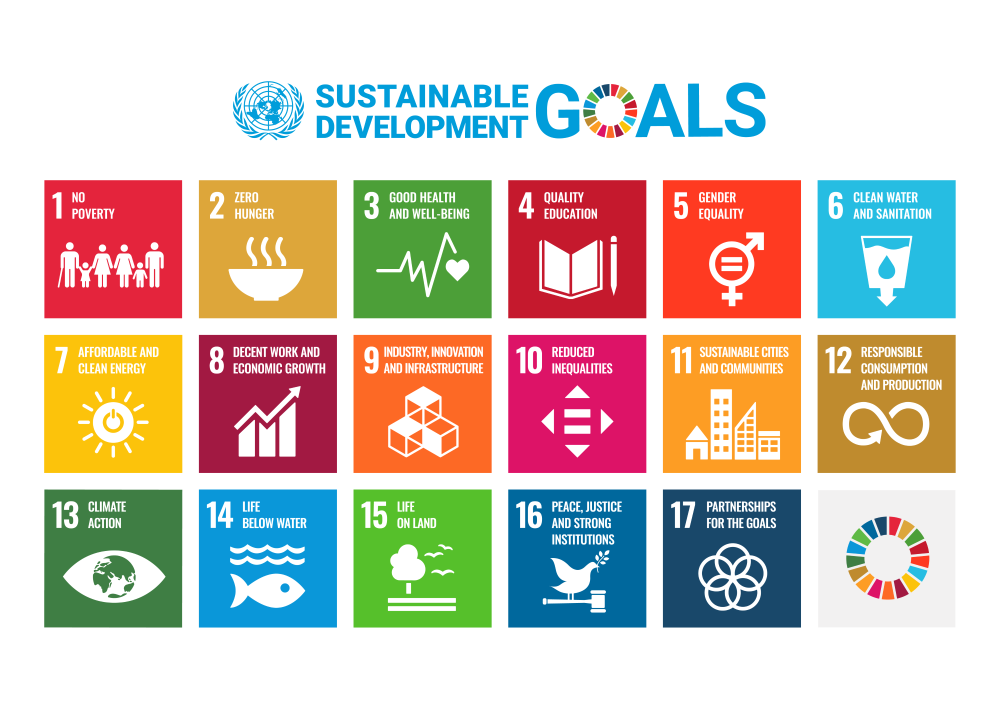
The SDG’s are goals that can be heavily interlinked with each other and the interlinkages are dynamic based on the response strategy that we decide to take, so the PICASSO (project on integrated assessment model based scenarios for sustainable development objectives) team aims to examine these mutual and synergistic relationships and sometimes trade-offs!) to be able to reach the SDG’s simultaneously through different scenarios built into an Integrated Assessment Model (IAM).
As a team we aim to quantitatively project how long term sustainable development vision can be met (by 2030 and by 2050), using the IMAGE IAM developed by the PBL Netherlands Environmental Assessment Agency. We also aim to improve currently existing IMAGE tools and develop new scenarios.
The Project is divided into 5 clusters:
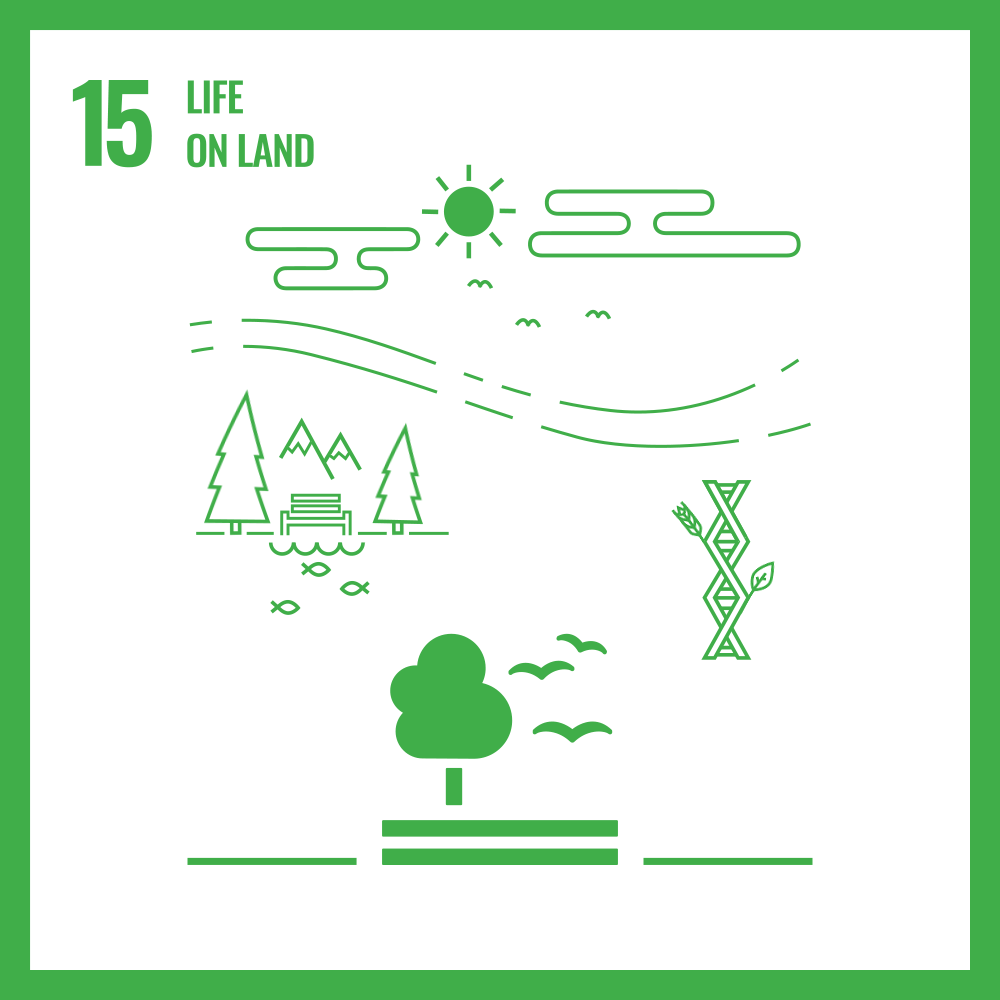
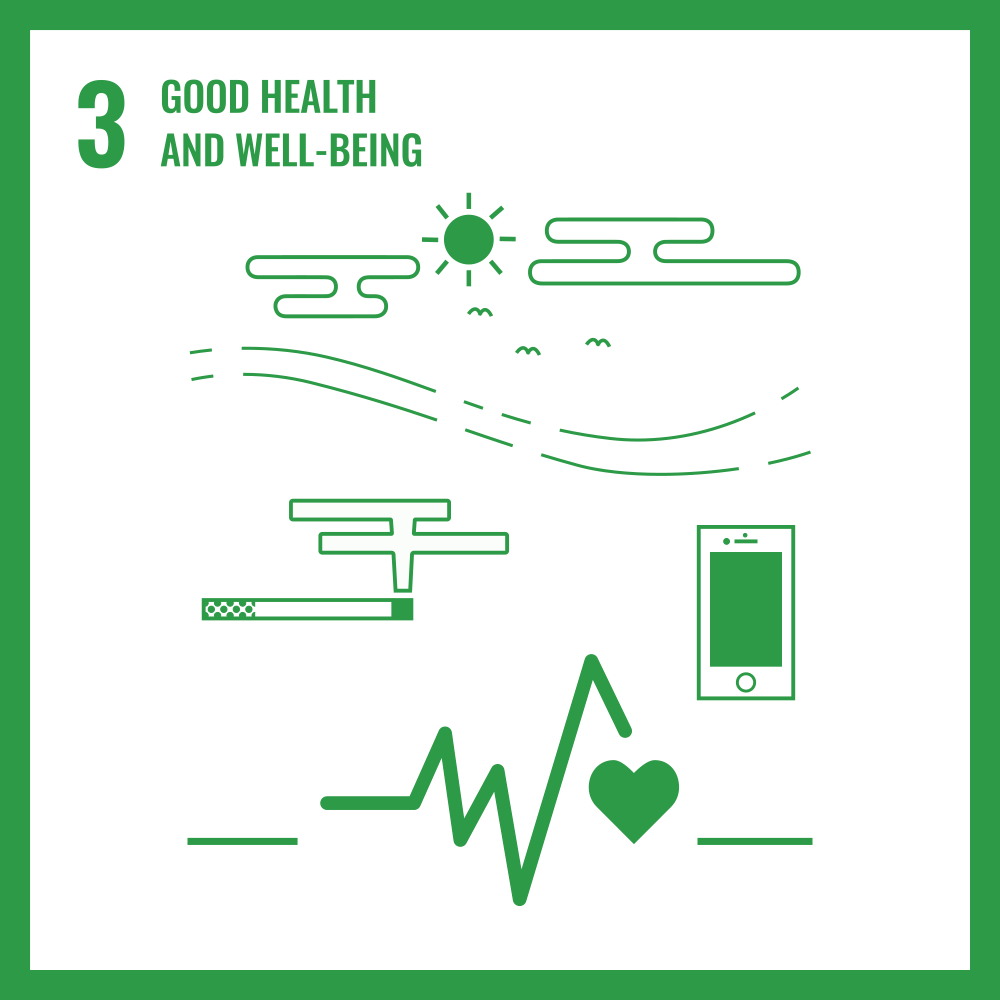
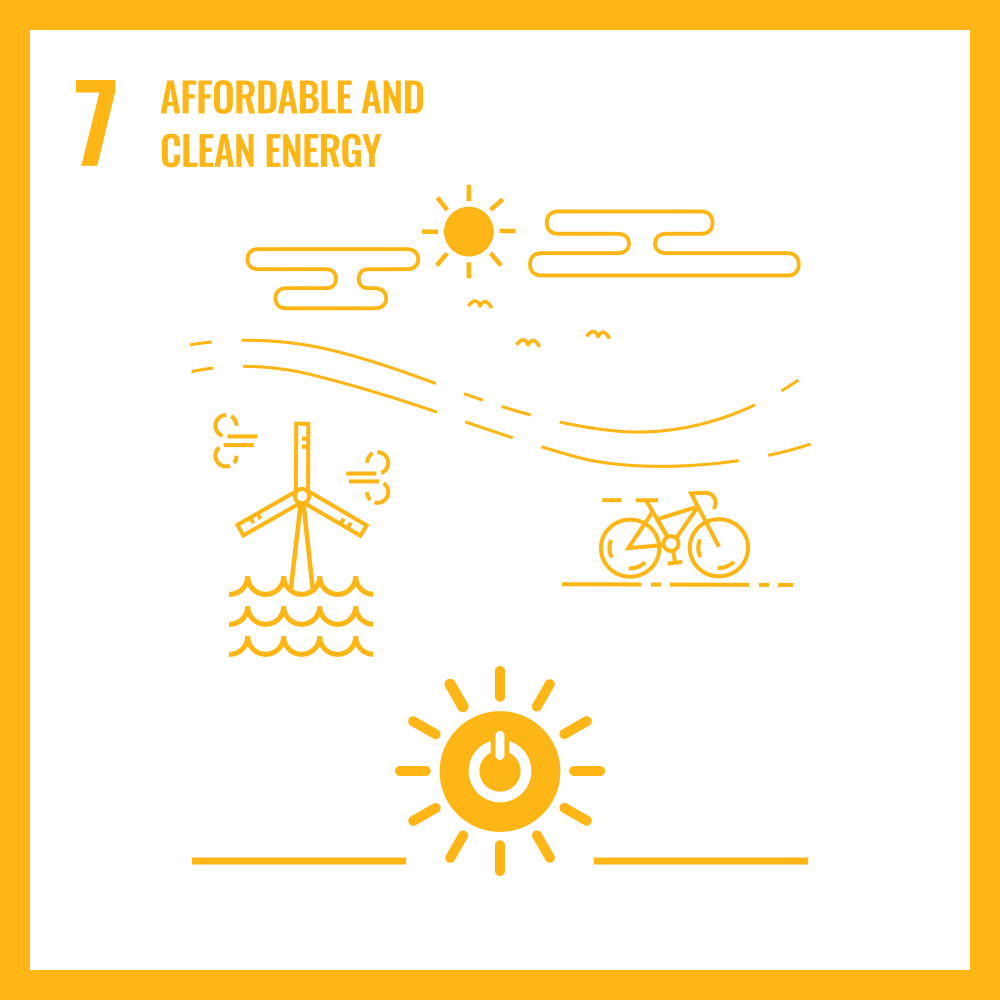
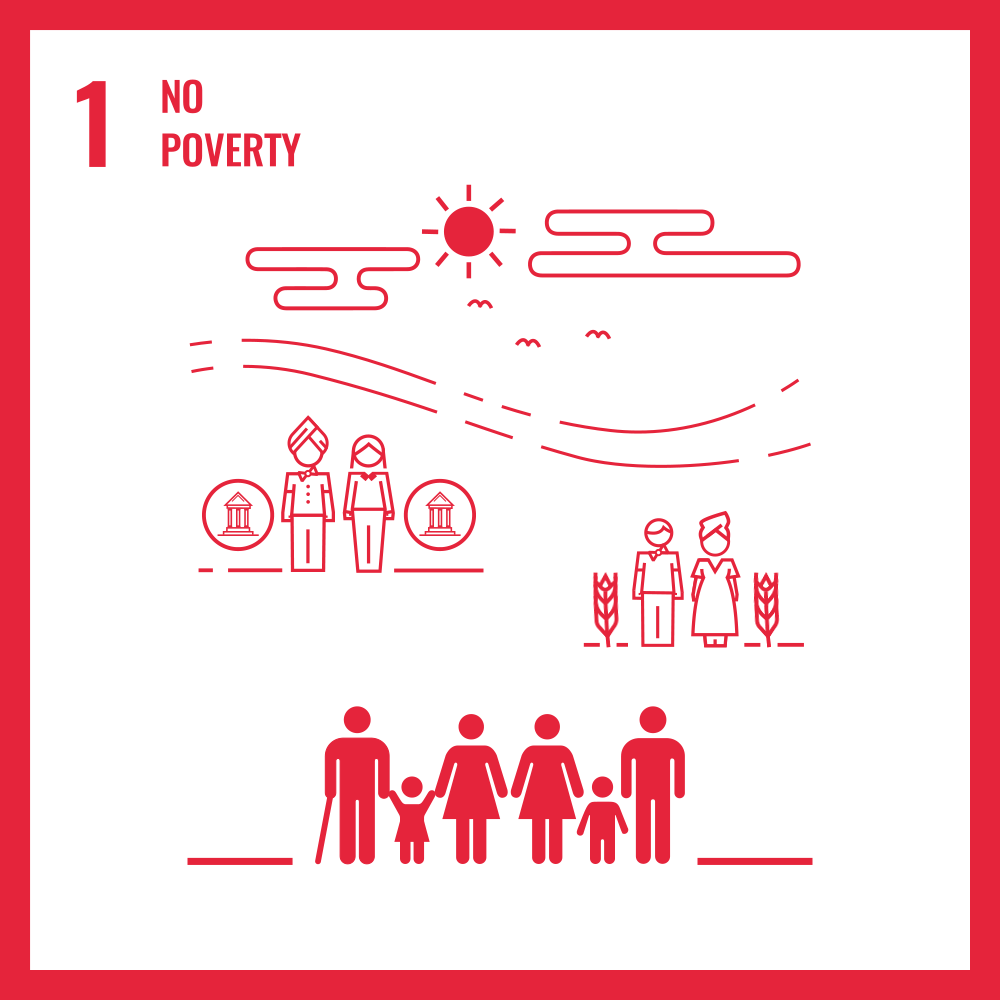
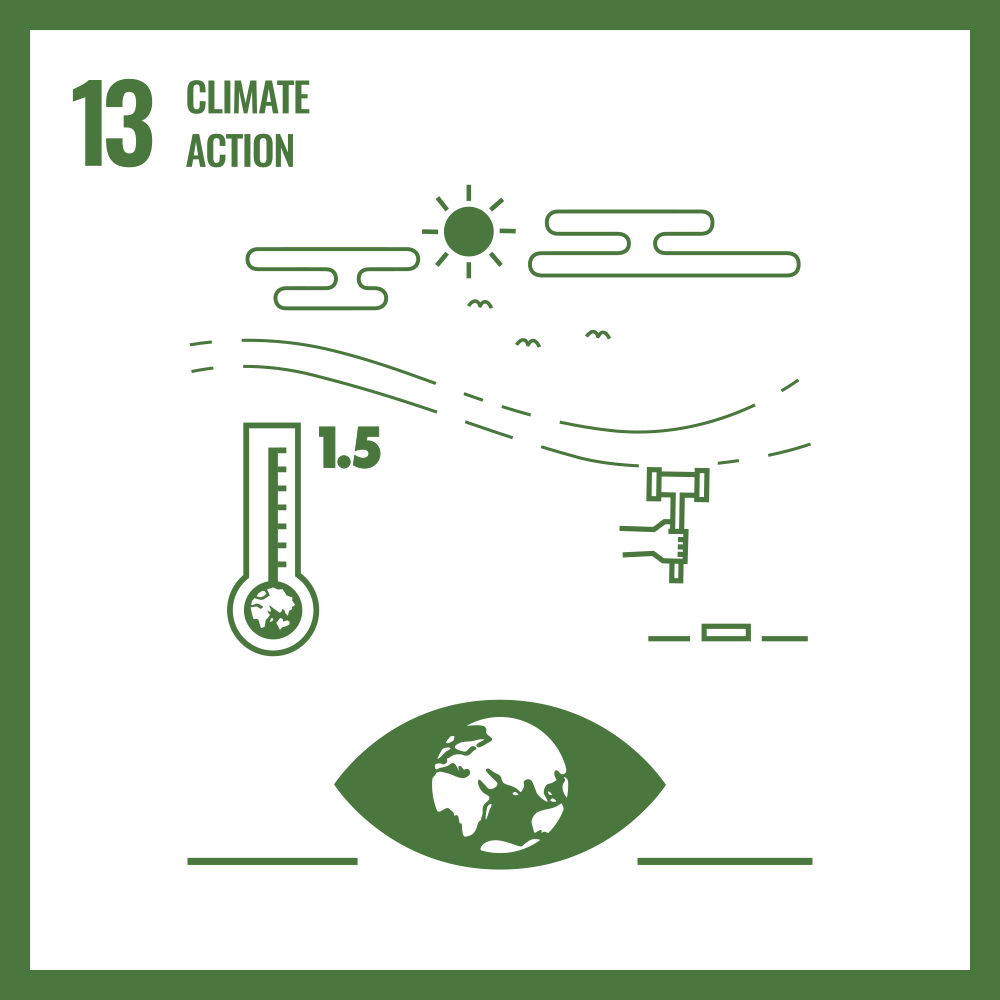
- Agriculture, Biodiversity and Nitrogen
- Health, Demographics, Development and Environment
- Land, Water, & Energy Nexus
- Economic Development and Poverty
- Energy Climate and Air pollution
Why An Integrated Assessment Model Approach?
The goal of integrated assessment modelling is to accommodate informed policy-making by developing models that allow exploring the cause-effect chain of sustainable development related problems (mostly climate change, air pollution, water quality, depletion of non-renewable resources) and possible policy measures. While the detail and extent of integrated disciplines varies strongly per model, all climatic integrated assessment modelling includes economic processes as well as processes producing greenhouse gases.
The IMAGE model used in this project is a simulation model framework that is aimed at global assessment of various human activity drivers such as socioeconomic drivers (e.g population, GINI co-efficient), energy drivers, land use drivers, lifestyle parameters, that can lead to changes in the natural environment such as emissions, climate change, agricultural yields and human development outcomes. IMAGE analyzes large scale interactions to identify response strategies to global environmental change. IMAGE is different from other IAMs in that there are detailed biophysical processes and a wide range of environmental indicators relative to economic and policy information in other IAM models. IMAGE does a good job at capturing feedback systems in the natural environment, as well as high detail on land base processes like the carbon and nutrient cycle
Aims to improve pre-existing IMAGE model
The IMAGE model already describes several SDG’s however it does not capture all SDG targets currently. Thus we will work on further developing the model and adding more SDG targets into the current IMAGE framework. In PICASSO we use the IMAGE model to develop scenarios. This means that also model improvements are needed. We are planning to work on the following factors:
- Integrating GISMO (demographic model) into IMAGE Representation of agriculture management through the relationships between, potential yield and other factors like soil quality and environmental impacts.
- Identifying investment needs coupled to a macro-economic model
- Human activities and nitrogen and phosphorous cycle
- Representation of poverty and distributional issues using energy access.
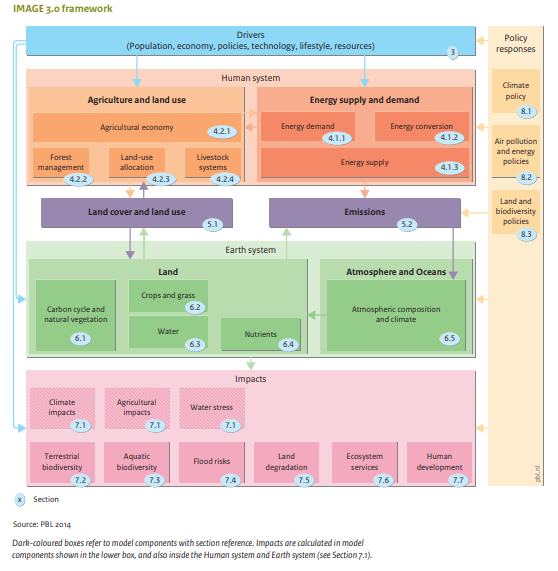
Scenario Development
We will create new backcasting scenarios for the model based on different response strategies involving either technology, decentral solutions, or lifestyle changes these scenarios will be iteratively altered until the predefined targets are met.within the scenarios we want to account for uncertainty using a conditional probabilistic approach, with this approach we can analyze uncertainty ranges

European Research Council Advanced Grant
This project recieved funding from the European Research Council (ERC). Under the H2020-EU.1.1. Excellent Science Programme.The grant agreement ID is: 819566
